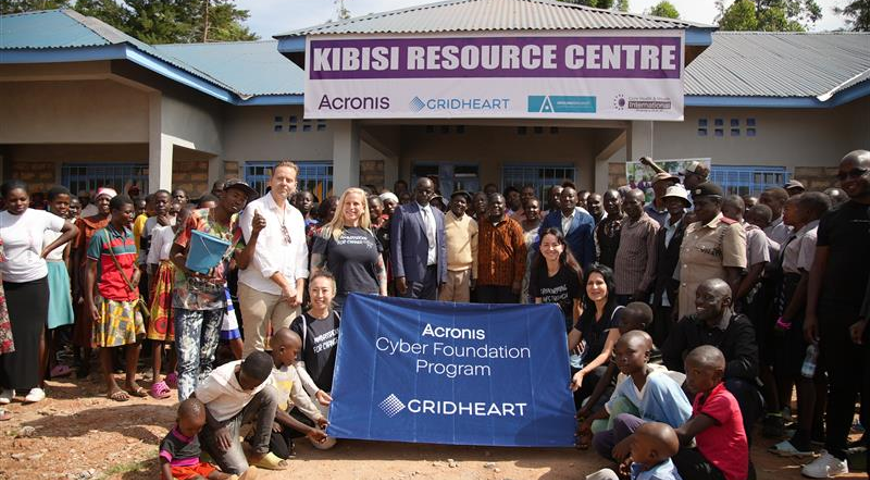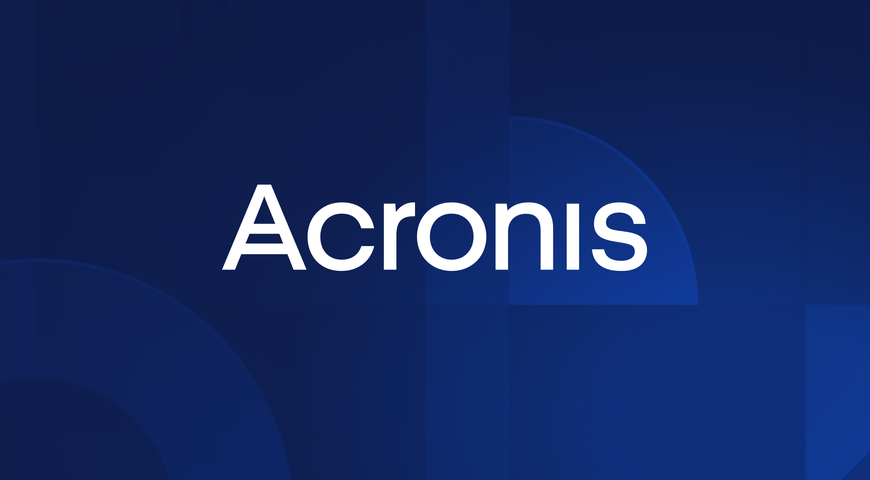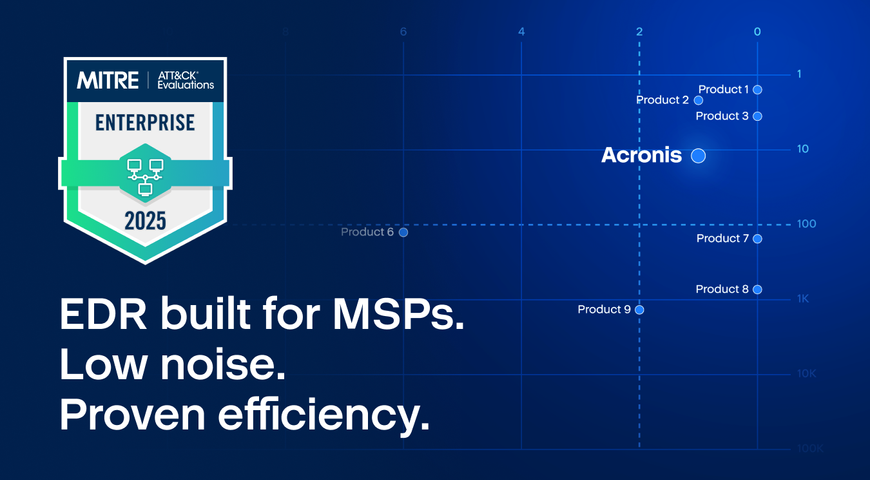The U.S. Government pulled together the largest economic stimulus package in our nation’s history and they did it in one week. This is an incredible accomplishment and a testament to our country’s ability to work together when faced with a crisis the likes of which we have not seen before.
I spoke to the CEO of Lendio, Brock Blake, and two MSP business owners, Amy Babinchak and Lori Tisinai, about the Coronavirus Aid, Relief, and Economic Security (CARES) Act, who it is for, and what the best strategies are for accessing those funds. Brock explained who’s eligible for the CARES Act and how Lendio is making it easy for small business owners to apply for and find the right banks.
We’ll review some of the key takeaways below, but if you’d like to watch the full discussion, we recorded the session for you.
Coronavirus Aid, Relief, and Economic Security Act
The CARES Act is a $2-trillion relief package. The portion that is specifically relevant to small business owners is called the Paycheck Protection Program or PPP, which delivers the lowest-cost capital that a small business owner could ever get. Funding is based on their payroll numbers since the goal of the act is to keep employees on the payroll and working.
Brock explained that every small business owner in America who meets these criteria is eligible to apply for the PPP Loan:
- Have to have been in business prior to February 15, 2020
- Have not received a PPP loan
- Have less than 500 employees
This makes almost every single business owner in America eligible for up to two-and-a-half times their average monthly payroll (averaged over the past 12 months), which has a cap of $100,000 for each employee. The math ends up being:
Average Monthly Payroll Amount x 2.5 = PPP Loan Amount
PPP Loan forgiveness
The PPP loans come with a 1% interest rate, although most of the loan can be forgiven. Eight weeks after receiving the loan, a small business owner can apply to have the loan forgiven with the caveat that the funds are used for retaining employees and covering certain types of expenses: specifically payroll, rent, mortgage origination, and utilities. If the funds are used accordingly, those funds can be forgiven.
Even if the small business owner had to lay someone off, as long as that business owner hires them back when they get the funding, they are still eligible to apply for forgiveness.
Lendio explains CARES Act details
Brock noted that the Treasury Program announced on April 9 is actually not a new program. It’s a program for lenders because the lenders don’t have all the capital they need to meet the PPP demands, and the Fed has a program that allows the banks to borrow with 0% interest so they have the funds to lend to the small business owners: ensuring all small businesses will eventually get funded through the Paycheck Protection Program.
One roadblock that Brock pointed out is that only SBA licensed lenders are eligible to participate in the PPP, yet not all banks are SBA licensed lenders. The result is that all of the SBA-licensed banks are now overwhelmed with applications, so they will likely prioritize the processing for their long-term small business clients – not new applicants who came to them because their own long-term banker isn’t SBA licensed.
Lendio’s experience and connections are a huge help here since they already have relationships with more than 300 banks. As a result, a small business owner can fill out one application and Lendio will find the right loan for their need from among the banks that are moving the fastest – which puts money in the hands of the small business faster than if they work through the process on their own.
MSPs and CARES Act funding
As seasoned managed service providers, both Amy and Lori shared insights from their respective businesses. They noted that many MSPs, in general, are frustrated by the complexity of the PPP application process as well and are trying to figure out if they should apply. Some already have lines of credit to tap into should they need it, but small business people are creative, which means there are many business structures and ways of executing on a business plan. That leaves many business owners with questions that are unique to their own specific business model.
Brock explained that small business owners who have W2 employees vs 1099’s can access the PPP funds – but if you are a 1099 worker, the short answer is you’ll need to apply for PPP financing yourself.
If you don’t have payroll, you can’t really take advantage of the PPP. The PPP is solely based on average payroll expenses. If you’re wondering how Distributions might fit, they generally count in the payroll calculation, along with health benefits, etc. The caveat, as mentioned earlier is that the total claim is capped at $100,000 per employee.
Preserving cash during the crisis
In talking through key strategies for preserving cash, Brock broke it down into two key steps.
First, for existing debts, you’ll need to get loan modification terms and talk to your landlord(s) about delaying rent/lease payments. That will help conserve your cash reserves.
The other half is to get creative on driving revenues at this time. “It might be different or unique from what you were doing before,” he suggested. “In the last recession, new companies were born and some not only survived but thrived by their willingness to try something new. Creativity is key. The PPP will help, but it won’t solve everyone’s problem.”
Acronis #CyberFit Financing
For those MSPs and small businesses looking to apply for PPP funding, Acronis has a strategic partnership with Lendio in place to ensure fast, easy, online access to this vital funding. Called Acronis #CyberFit Financing, any partner, MSP, or small business owner is encouraged to start their application today so they can get the support they need during these challenging times.
About Acronis
A Swiss company founded in Singapore in 2003, Acronis has 15 offices worldwide and employees in 50+ countries. Acronis Cyber Protect Cloud is available in 26 languages in 150 countries and is used by over 21,000 service providers to protect over 750,000 businesses.



